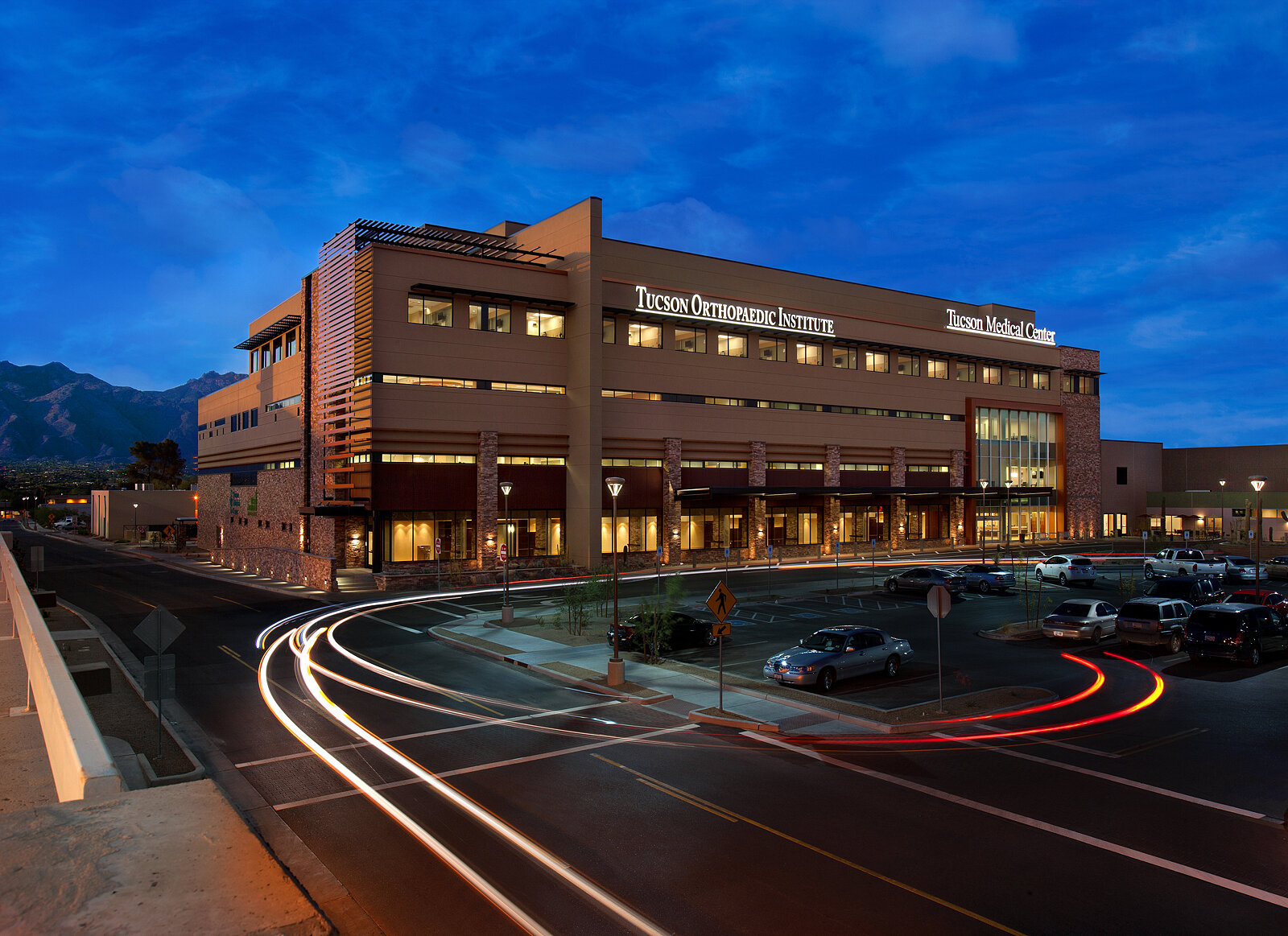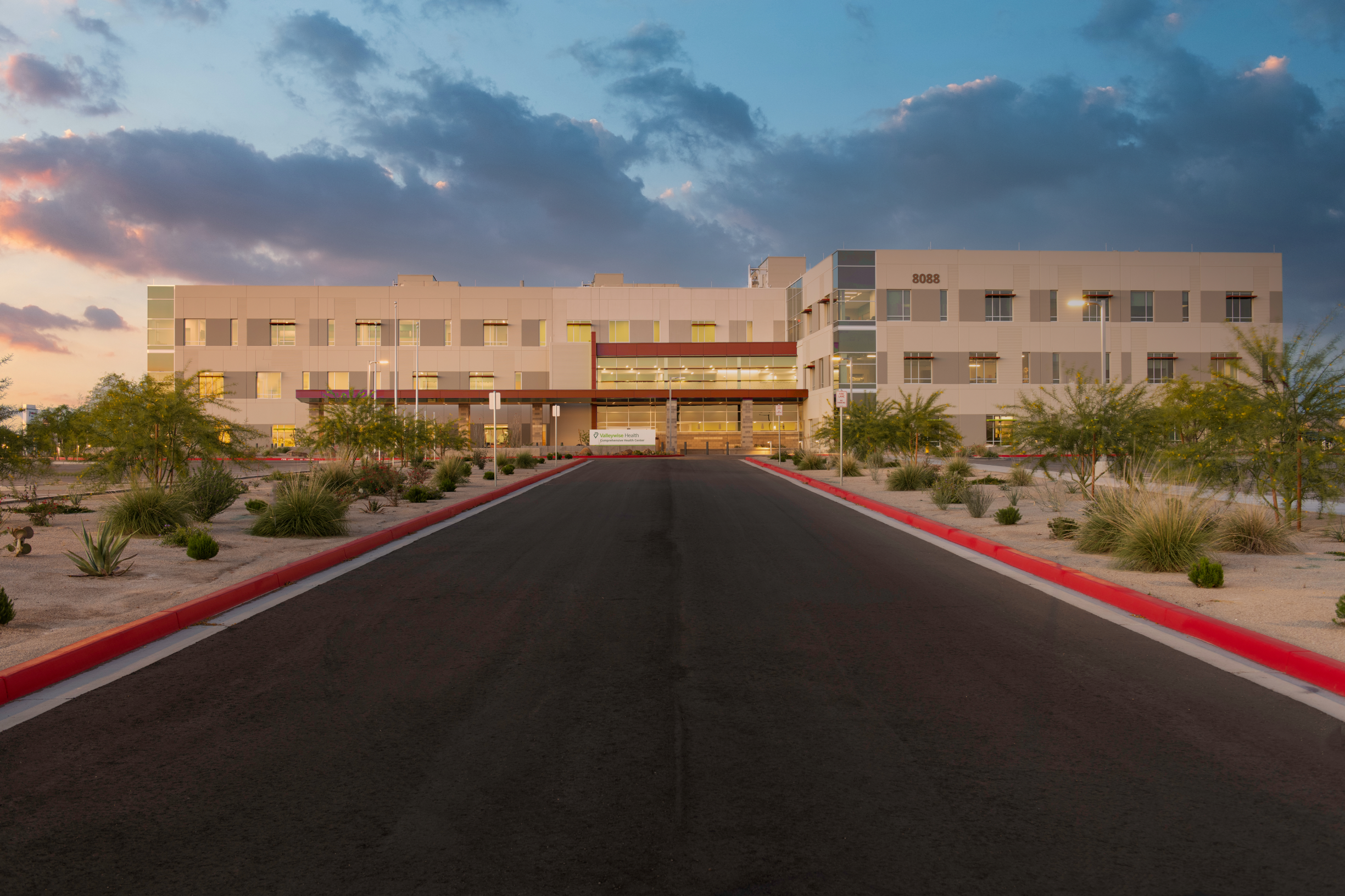The Future of Healthcare in Arizona
“The future of Healthcare in Arizona is bright” shares Michael Brinkley, Healthcare Strategy Team Leader at Land Advisors Organization (LAO) in Scottsdale, Arizona. Mike discussed present and future themes surrounding healthcare in Arizona during a recent interview with Kim Brazsky, our Director of Business Development in our Scottsdale office. As a community-based leader, Mike Brinkley and LAO are committed to developing partnerships that are advancing healthcare for everyone.
(Kim Brazsky): “Is the healthcare industry a key economic driver in Arizona? If so, why?”
(Mike Brinkley): “According to a 2019 Greater Phoenix Chamber of Commerce report, healthcare is expected to outpace all other job sectors in Arizona. Currently, healthcare is a leading employer in the state, as a result of unique drivers including but not limited to the Mayo Clinic, Barrows Neurological Institute, a strong biomedical core, University medical programs, and more.”
Not only is healthcare a leading employer, but in 2018, hospitals generated “18% of the U.S.’s GDP, and it is expected to increase. Some projections for Arizona’s GSP (gross state product) in 2023 show 14.6%.” With projections like this, one can only wonder, (KB) “Why are healthcare systems moving to Arizona?”
(MB): “The primary reason is extraordinary population growth due to an influx of new residents moving from neighboring states, such as California, due to Arizona’s attractive educated workforce and affordable housing.” Other factors are “the aging population in Arizona, job growth calling for more workers (Arizona is second in the Nation for job growth), and catch up from the pandemic.”
And as we know, with population growth comes the need for supporting community services. As Mike put it “healthcare follows rooftops”. So “what areas in Arizona are seeing the most healthcare-related construction?”
(MB): “Both urban and rural areas are experiencing growth. In addition to Tucson and Phoenix, Yuma, Flagstaff and Prescott are growing, as well as even smaller cities and towns.”
With that, grows the research and technology sectors under the healthcare umbrella. Mike stated that “Downtown Phoenix has become a significant center for biomedical services and research”, through programs at the “University of Arizona, Arizona State University, and major healthcare players such as the Mayo Clinic.” Also, “in addition to acute care hospital services, we are seeing growth in mental health, post-acute, and all outpatient services”.
However, through our conversation, we learned that it is not only population-related factors that make healthcare in Arizona different than other states.
(MB): “Arizona is a non-Certificate of Need State, and generally pro-growth, pro-business.”
According to the National Conference of State Legislatures, Certificate of Need (CON) laws are state regulatory mechanisms for establishing or expanding healthcare facilities and services in a given area. In a state with a CON program, a state health planning agency must approve major capital expenditures for certain healthcare facilities. CON programs aim to control healthcare costs by restricting duplicative services and determining whether new capital expenditures meet a community need. (www.ncsl.org)
So in being a non-CON state, Mike says that “The Phoenix Metro area has strong quality healthcare systems who compete with one another. The market is very competitive which provides payors opportunities to negotiate prices.”
And more recently, legislative actions have also expanded the way healthcare can be offered to Arizona residents.
(KB): Governor Ducey signed legislation on May 5, 2021 to expand telehealth (House Bill 2454). How will that bill change healthcare in Arizona?
(MB): The law covers three main areas, but basically it removes all barriers for telemedicine in Arizona. If leveraged well, it should improve access to care for vulnerable populations, rural residents, and out-of-state visitors. Providers will be pushed to improve their own skills, programs, and facilities.
In closing, as we learned through our discussion with Michael, the main takeaways regarding Healthcare in Arizona are: 1) Arizona’s population is booming and continues to grow, and so will healthcare. 2) Arizona depends a lot on the healthcare system to create a stable economy. And 3) as we have seen with the current pandemic, pivoting the way we provide healthcare widens the way we are able to reach our communities. The future of healthcare, as seen with changes to Telemedicine for example, means now being able to include a sector of the population that we may not have been able to reach in the past.
Read more about Land Advisors Organization and their work, or more about Michael Brinkley, you may do so here.



